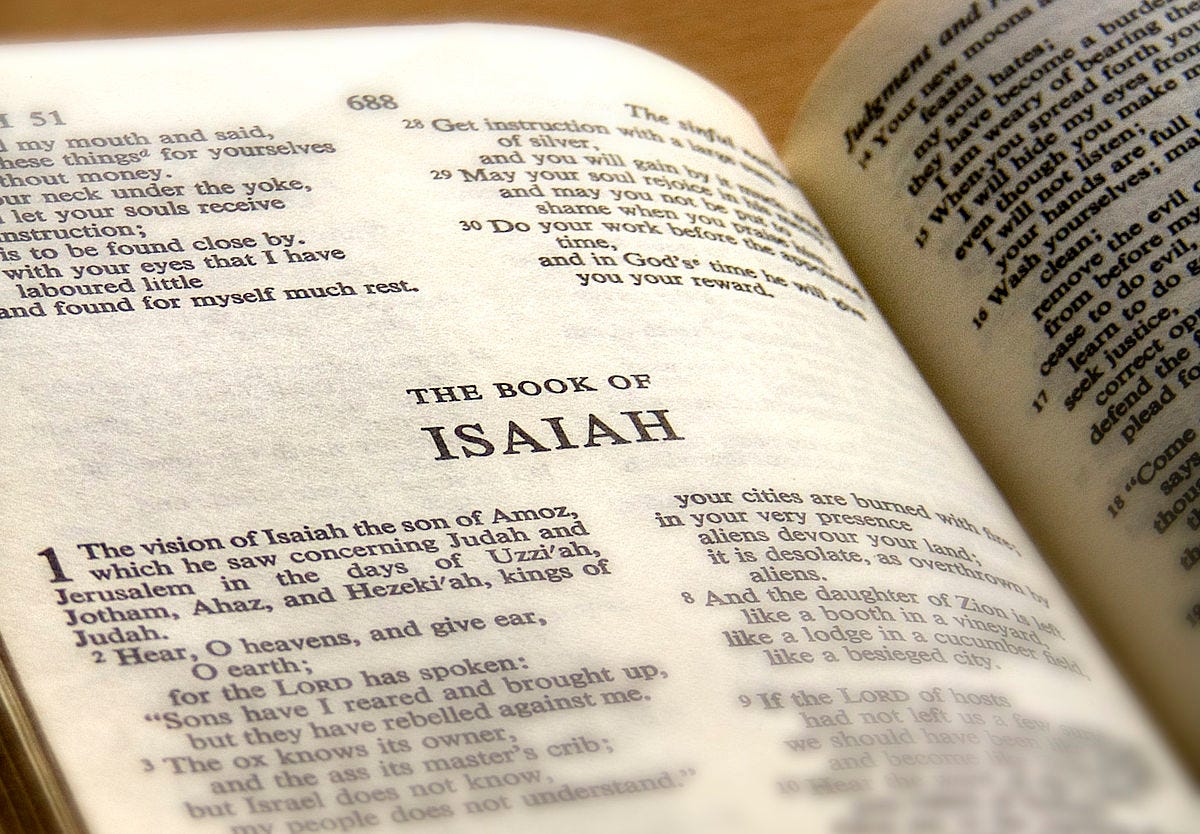We think of religion as static, unchanging. It is how it always was and always shall be. Historians know that to be a false assumption more often than not.
Islam, Buddhism, Judaism, Christianity, take your pick, when a belief system has been around for a few thousands years or so, there are bound to be trends that come and go, like a holy pet rock or Biblical bell bottoms.
Nowadays, we take the Biblical prohibition against tattoos to be inviolate, but that may not have been the belief for the entirety of Jewish history.
Professor Meir Bar-Ilan, a historian at Bar-Ilan University in Israel has collected a series of instances throughout history in which Jewish holy men and mystics have purposely inscribed the name of God on their bodies, “probably with ink.”
There was a story told by a 3rd century mystic named Rabbi Aibu, in which Jewish warriors were inscribed with the name of God and could not lose. Then, when the name is “scraped” off either naturally of by angels, the warriors would fall in battle.
The Talmud says first that writing on one’s body is fine, but pricking into the skin with ink is not: “If a man wrote [on his skin] pricked-in writing [he is culpable]. If he wrote but did not prick it in, or pricked it in but did not write it, he is not culpable, but only if he writes it and pricks it in with ink or eye-paint or aught that leaves a lasting mark.”
Later on in the Talmud, it’s suggested that it’s OK to prick one’s skin with ink if it’s not the name of God: “He is not culpable unless he writes there the Name [of a god], for it is written, Nor print any marks upon you: I am the Lord.”
So, that prohibition against tattoo has not always been as solid as we might think. There are, in fact, examples of body writing contained in the Bible itself. Take Ezekiel 9:4:
“And the Lord said unto him: “Go through the midst of the city, through the midst of Jerusalem, and set a mark upon the foreheads of the men that sigh and cry for all the abominations that are done in the midst thereof.” And to the others He said in my hearing: “Go ye through the city after him, and smite; let not your eye spare, neither have ye pity; slay utterly the old man, the young man, and the maiden, and little children and women; but come not near any man upon whom is the mark; and begin at My sanctuary”….
This, Bar-Ilan writes, may be the origins of both the tradition of drawing a cross with ashes on the forehead during Ash Wednesday, and that of the Beta Israel who tattooed their own foreheads.
There was also a tradition among Rabbis, based on a verse in Isaiah, of inscribing God’s name on the forehead or the arm, and one of lovers writing each others’ name on their arms.
“It is quite clear that priests began the practice of writing on their bodies or an ornament, while the laity subsequently imitated the priests by doing (almost) the same: inscribing the Lord’s Name on their arms,” Bar-Ilan writes.
Elsewhere in Isaiah, the prophet says, “Behold, I have graven thee upon the palms of My hands, Thy walls are continually before me,” and later, “Set me as a seal upon thy heart, as a seal upon thine arm.”
Its suggests here that inscribing the name of God on one’s body is an act of devotion and love.
Genesis 4:15 says “And the Lord set a sign for Cain, lest any finding him should smite him.” The word “set” here is written as “שׂים,” the same as it is in Numbers 6:22, which Bar-Ilan says can be translated as, “to inscribe.”
Beyond Biblical sources for a tradition of body writing, there have been throughout antiquity Rabbinic interpretations that would allow for, and even encourage, writing on one’s body.
There’s also a whole history of Jewish magicians using body writing as part of magical spells, but I think that’s worth a post by itself. Expect that next week.
In the meantime, happy tattooing.




